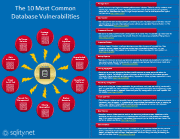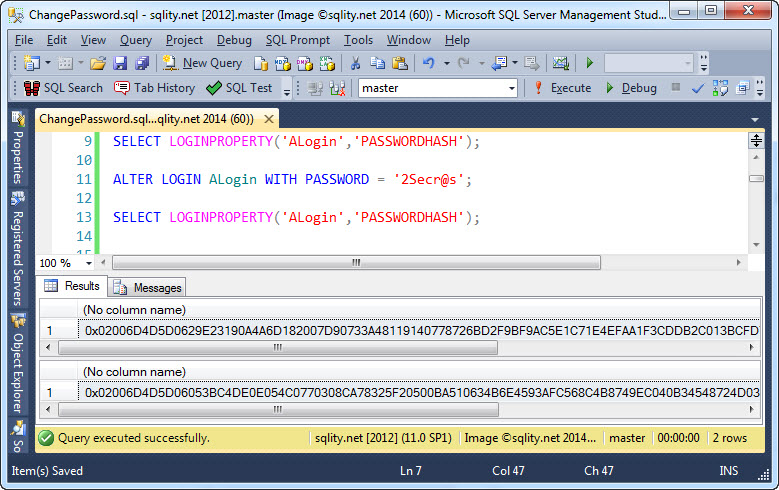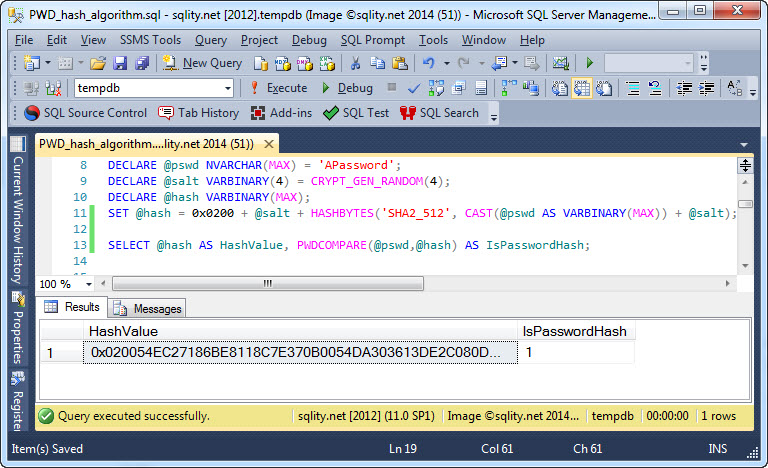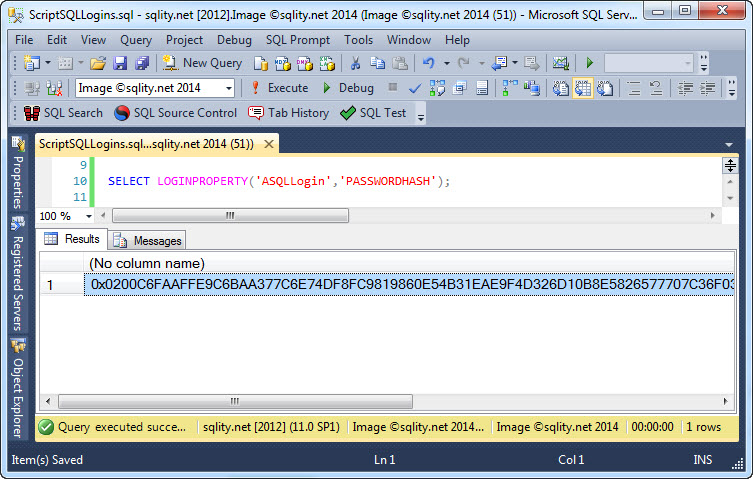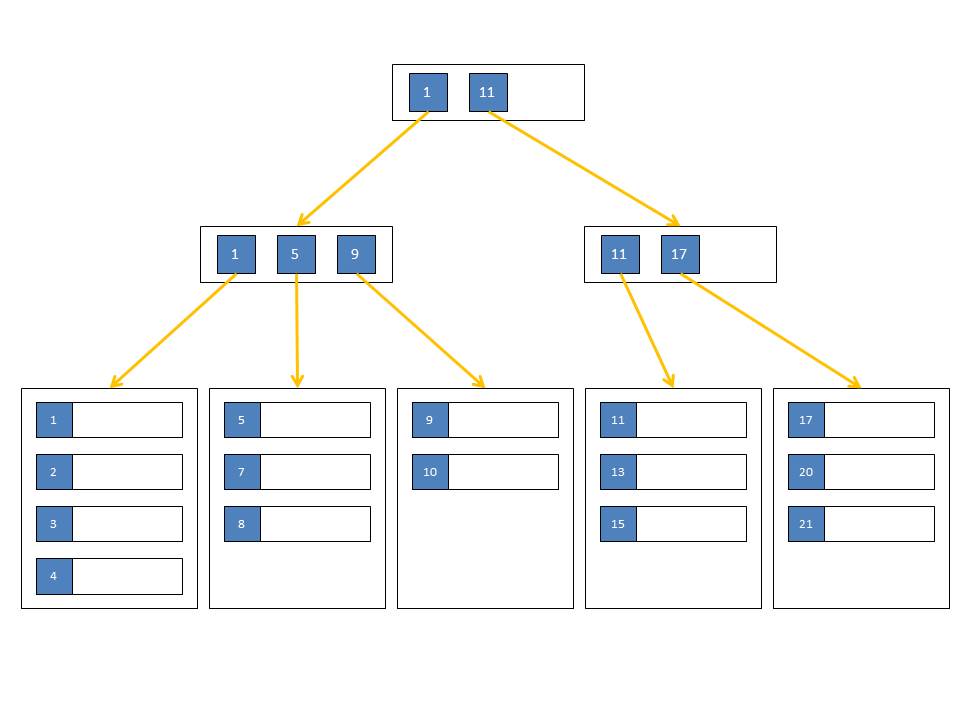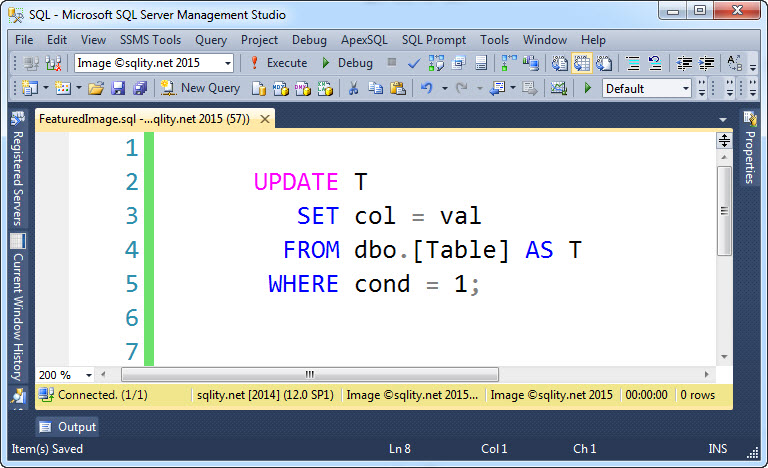Category: General
-
A Join A Day – The Sort Merge Join

This article introduces the Sort Merge Join algorithm. It shows its strengths and weaknesses to help you identify query situations for which the Merge Join operator in the execution plan is an appropriate choice.
-
A Join A Day – The Nested Loops Join

This article introduces the Nested Loops Join algorithm. It shows its strengths and weaknesses to help you identify query situations for which the Nested Loops Join operator in the execution plan is an appropriate choice.
-
A Join A Day – Join Hints

SQL Server cannot do an exhaustive search of all possible execution plans when compiling a query. On its quest to find the best plan, it sometimes misses the mark. See how join hints and query hints can help in a situation like that. But be aware, using join hints can backfire. Know the risks before you start using them.
-
A Join A Day – Nested Joins

When joining more than two tables together, one additional JOIN key word is needed for each new table. there are many ways to group the tables in a join query together effectively building nested joins. However, the order or even grouping of tables does not change the query. Indeed, the query optimizer often makes use of that and produces an execution plan in which the order of the tables does not match the order in which they are mentioned in the query.
-
T-SQL Tuesday #37 – Roundup

This is the roundup for this month’s T-SQL Tuesday #37. It includes a short review of all participating blog posts.


